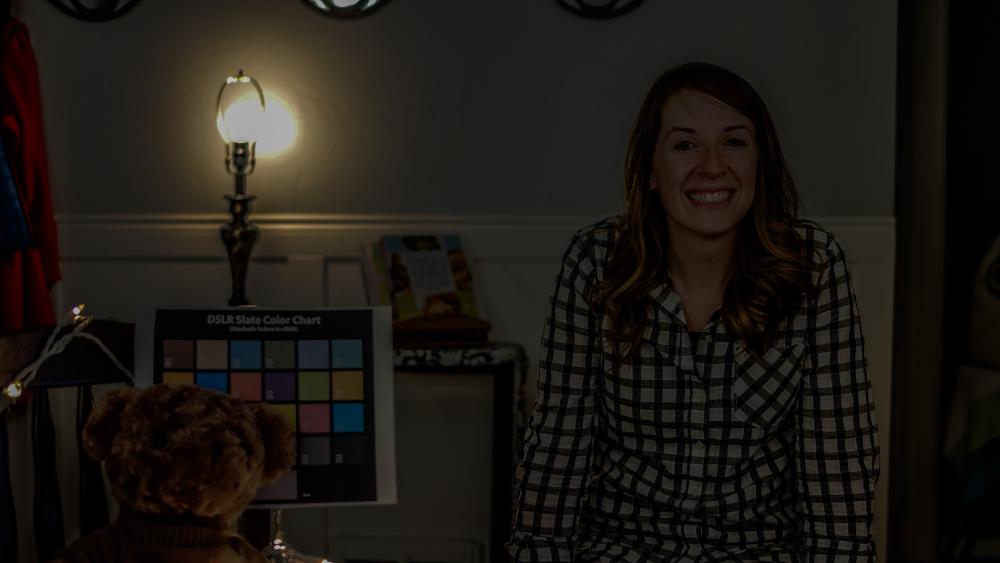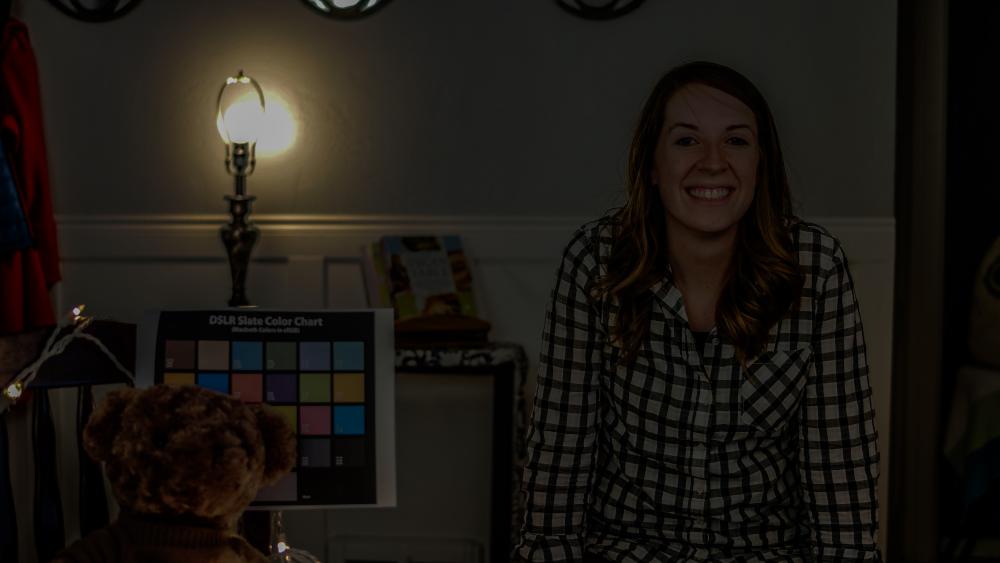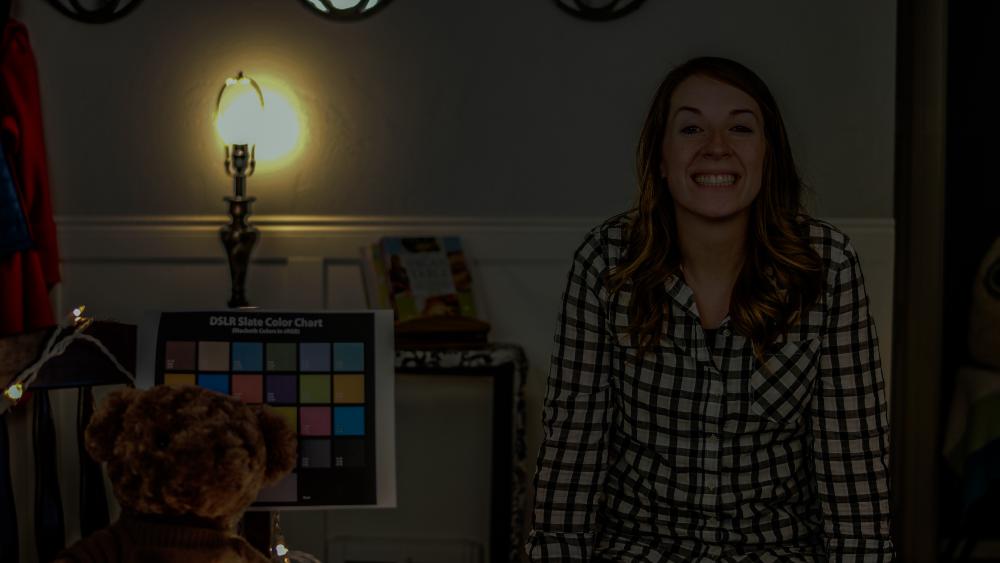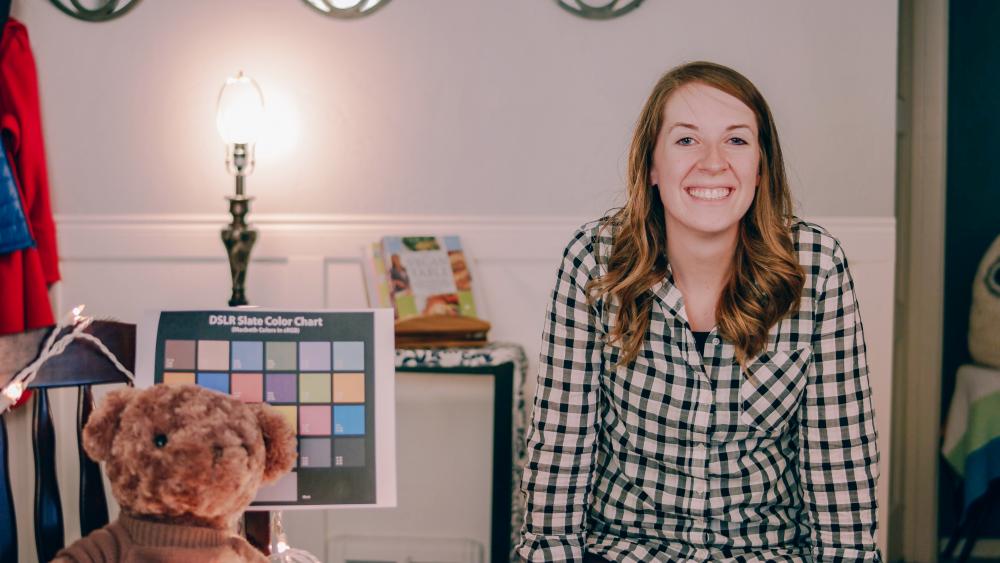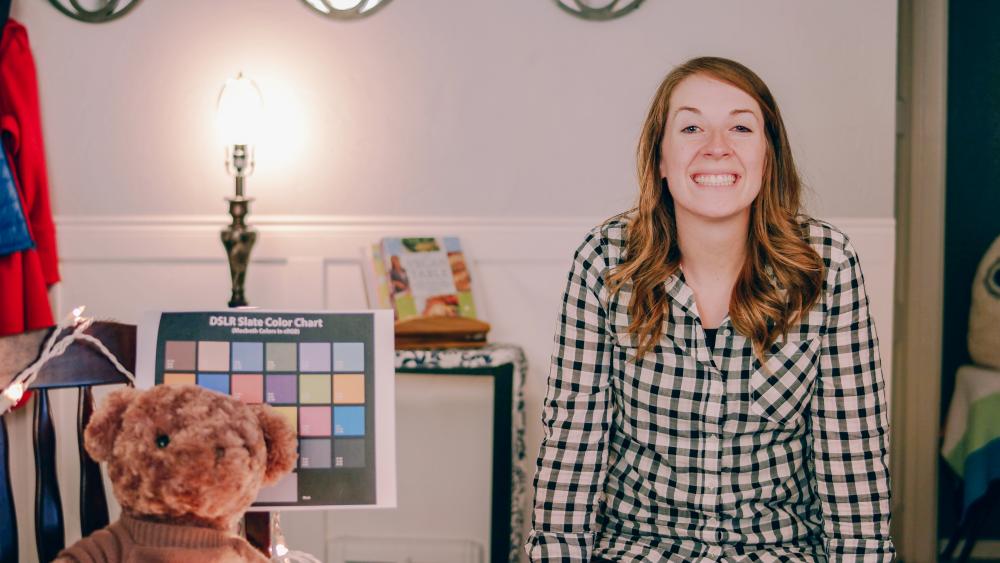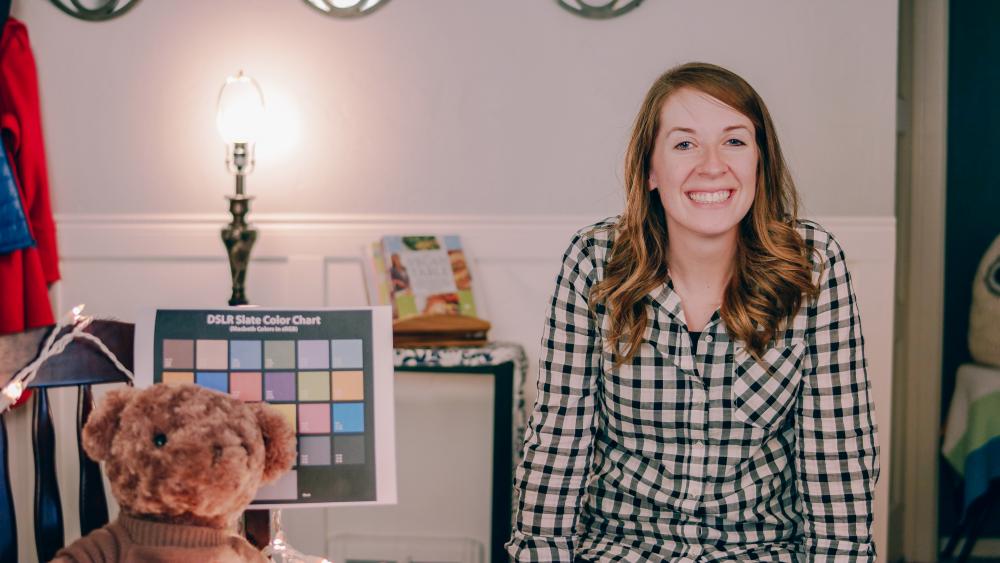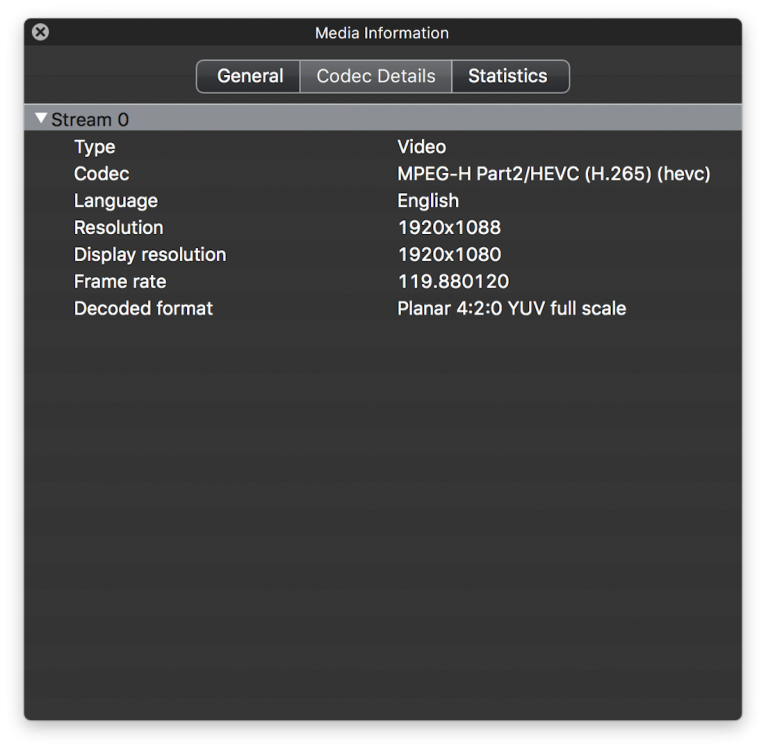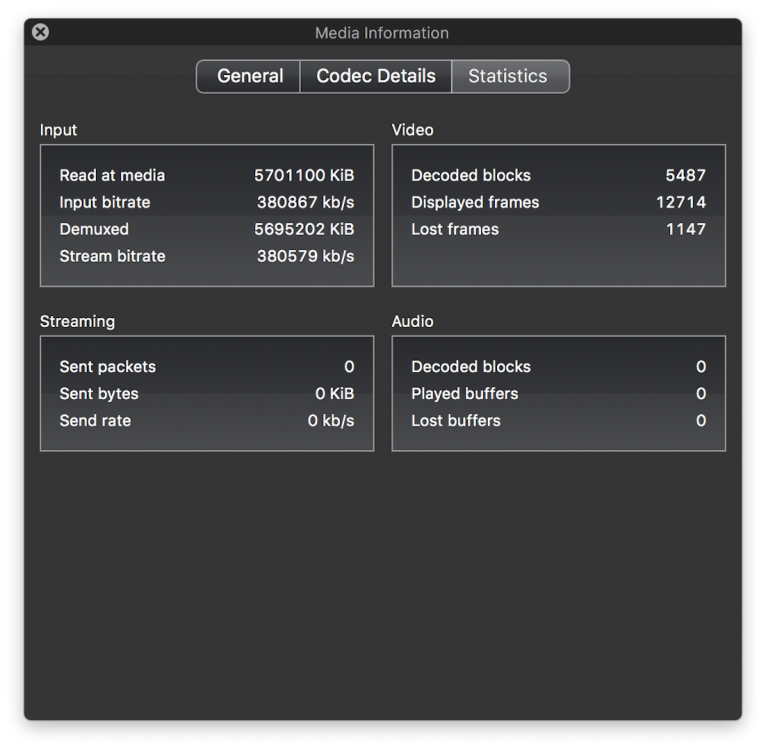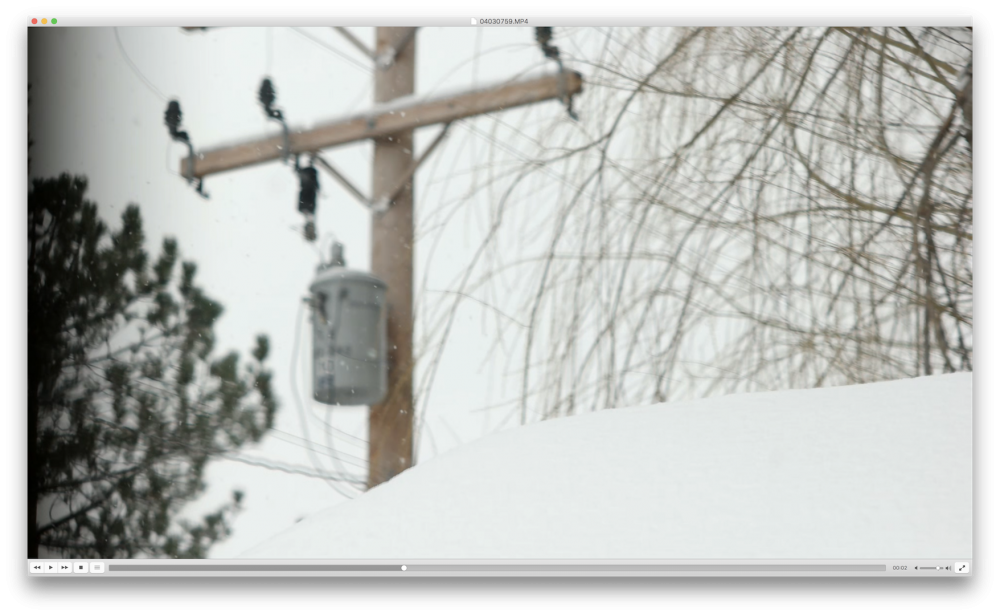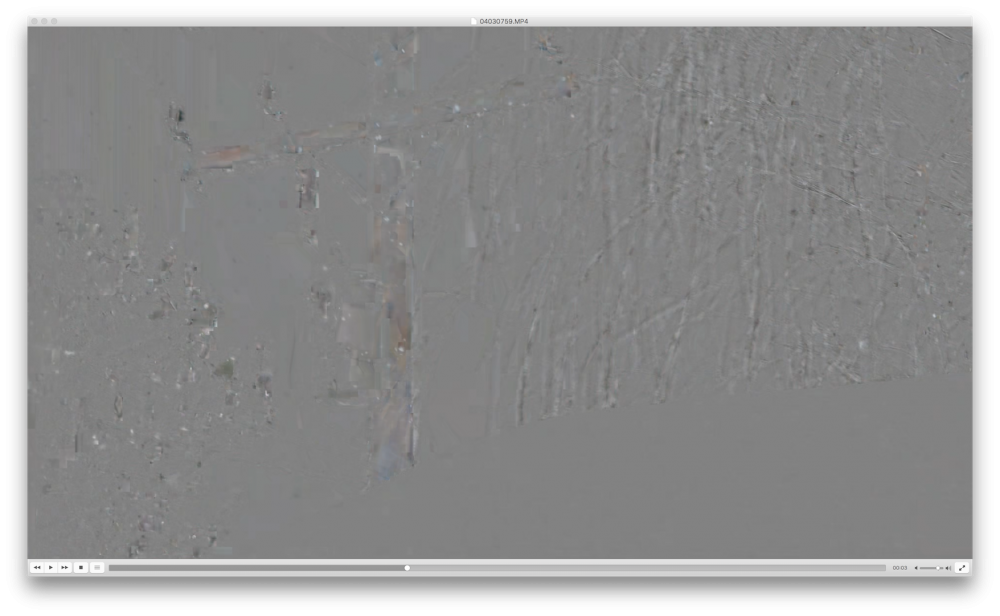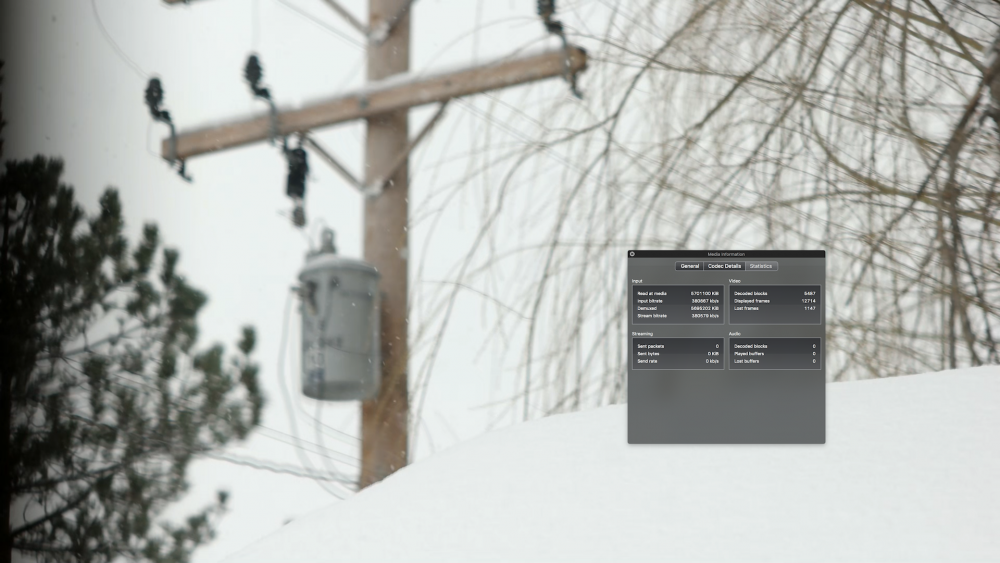
Last Leaves
Members-
Posts
12 -
Joined
-
Last visited
Content Type
Profiles
Forums
Articles
Everything posted by Last Leaves
-
I'm really anxious to give it a try, but I just got a flood of work. If no one else does, I'll post some tests by the end of the week... wish it could be sooner. Thanks for all your hard work Vasile!
-
My guess: A= 180Mb/s B= 80Mb/s and C(actually named "D")= Shogun My fast pass CC (could not get anything that I was happy with)- same order as yours: Stress test to show light bulb roll-off/banding (same order as yours):
-
For me it hadn't been an issue because I transcode my footage to Prores for editing. I don't normally need to play h.265 files back, and when I have I've used VLC without issues up until now. Now, sorry for the distractions. Does anyone have any idea how we might go about trying to resolve this problem with the NX500 1080p120 "hack"?
-
I made a mistake saying that all NX500 clips on my computer play fine in VLC. Upon closer inspection it appears that all 120p h.265s from the NX500 play back with this glitch in VLC. All non-120p clips play back without any problems. Sorry for the confusion, I should have checked that more closely. The real takeaway is that the 720p120 setting is actually recording 120p that is useable for slow motion work while the 1080p120 "hack" is not. Obviously, Otto pointed this out by saying that it wasn't real 120p, but I didn't find a description of the footage that stated that it was unusable for slow-mo. So... To me it appears that this 1080p120 on the NX500 is useless as it stands. Again, this is not a complaint about Otto's work. Hopefully there anyway to overcome this problem and create a functional 1080p120 setting on the NX500.
-
Again, I am not saying that bitrates should never be variable. What I am saying is that: Every "non-hacked" video that I have shot on NX500 appears to have a completely constant bitrate, with absolutely no variations at all. The "hacked" 1080p @ 120fps using Otto's script provided on GitHub produces a file with an extremely variable bitrate. This "hack" appears to not work properly.
-
I am skeptical that it is an apple issue. I'm pretty sure the file produced by the NX500 with the 1080p120 setting is messed up. I have never had any issue decoding any other NX500 clip (even on my brand-new-top-of-the-line-piece-of-shit apple machine that I shouldn't have bought because "really - it's a mac"). I know that variable bitrate can be good, but jumping from 2MB/s to 380Mb/s and back when the only thing changing in the shot are a few falling snowflakes does not seem like a good management of bitrate. Here are two test files straight off of the NX500's card: http://www.filedropper.com/lastleavesnx5001080p120test
-
I just tested the NX500 1080p @120FPS via Otto K's github. By no means am I complaining, but the initial results were very disappointing. I saw that Otto said "not a real 120fps" but I wasn't sure what he meant. First of all, when I try to open the h.265 files in VLC (which usually plays h.265s straight off the NX500 without a problem) there are strange glitches in the footage. Every few frames displays completely full of strange artifacts (see pictures), like a corrupted or incomplete file. The strangest thing is that, similarly to Vasile's bitrate-boosted aquarium clip, the data rate is all over the place. (Note: From limited testing that I have done, NX500 footage with normal ("non-hacked") settings shows up as having a rock solid data rate with no fluctuation at all.) On one 1080p120 test clip I shot the data rate fluctuates from roughly 2Mb/s to 380Mb/s! This, to me, seems very bizarre. I decided to transcode this footage to see what it would do with the glitches. I used Rocky Mountain Movie Converter to transcode into Prores LT. Playback then showed no glitchy artifact-filled frames, but it did show duplicate frames. It reminded me of the HVX200 days when people would shoot with the framerate pull-down and forget to remove duplicate frames with Cinema Tools. I conformed the clips from 119.880120fps (that's the exact number produced by this method) to 23.98 and, strangely the playback is in near real-time with short pauses every dozen frames or so. TL;DR 1080p @120fps on the NX500 produces bizarre results with glitches, duplicate frames, and extremely variable data rates. What the clip should look like: What the strange artifacts look like in VLC:
-
I'm quite certain that it is actually 23.98p not 98p, but it's written as "3840_2160_23_98p". I hope I'm wrong.
-
A few feature hopes and dreams from someone willing to test, but not savvy enough to explore on my own. Thanks in advance for any work. The "SAS" (Samsung Auto Shot) functions on the NX500 have the potential of being very useful for various applications, but they are crippled by a few limitations that are most likely software-based. If you're struggling to see how the SAS functions would be useful skip to the Hypothetical Shoot Scenarios at the end. In order of priority, these are some changes that would make the SAS functions more useful: The ability to capture in RAW. Currently, as far as I know, all Auto settings are limited to JPG on the NX500. Manual settings. Just because it is called "Samsung Auto Shot" doesn't mean that you shouldn't be able to manually set aperture, shutter speed, and ISO. Continuous AF. Currently it is limited to Single AF, which means it sets AF at the beginning of the capture and doesn't change depending on the subject. Ideally the AF would be smart enough to detect movement, focus on the moving subject, and then trigger the shutter (I know this is a lot to ask for, but it could be bloody useful, and doesn't seem outside of the realm of possibility). The ability to set "Trap Shot" to be triggered by movement in any direction. Currently you can only set it to be triggered by movement from one direction at a time. The ability to have video recording triggered by movement. Currently the SAS modes are only available for stills. Hypothetical Shoot Scenario: You're trying to catch birds in flight and you've found their nest. With the camera on a tripod you frame up a shot to capture the bird as it is just taking off or just coming in for a landing. Ideally, you would be able to set your shutter speed to one fast enough to stop the bird in mid-air without motion blur, set your AF to continuous, and leave the camera to do its thing. Less likely Shoot Scenario: You're trying to capture footage of polar bears leaving their den in the spring. You set up your camera a few hundred meters from the den opening and run your camera off of a large external battery. With a long lens you frame up a shot of the den opening, you lock your shutter at 1/50th and set your aperture to f/5.6, you set ISO to Auto, and you turn AF off. Ideally, the camera is able to be left alone for hours, and when movement is detected in the frame a video is captured for a set period of time. These scenarios are just meant to spark people's imagination with the potential utility of this already powerful, but crippled, capture tool.
-
This was something that I noticed with Vasile's aquarium too. It is normal for bitrates to be somewhat variable, especially with the amount of color and light changing (i.e. less detail, less light, requires less data). But, assuming VLC's "Statistics" panel is accurate, this seems to be inverted with Vasile's clip; when the clip is completely black is when the bitrate is the highest. I have found frames (at around 21 seconds) that are less than 1/4 of the bitrate during the completely black seconds at the beginning. What is going on here? EDIT: I just checked a clip (DC24P [Cinema 4K] Movie Quality 'Pro') that I shot on NX500 to see if there was variation in bitrate throughout the shot. The shot lasts 8m09s. The subject is moving water at sunset... a huge amount of variation in color and light. The data rate is locked at 71826kb/s (this is for my shot, not Vasile's!). After looking at this shot I looked through a few more and they also have this exact same bitrate.
-
Doh! I stupidly thought all of this time that the NX500 defaulted to exfat. I just formatted to expat with disk utility and it worked like a charm. Thanks.
-
Long time lurker, first time poster, NX500 owner. First off, thanks to the folks that know what they are doing. Y'all are really doing all of us a huge service, and it is greatly appreciated. I just tried Vasile's record limit trick with some initially disappointing results. I'm hoping that these are due to my SD card. I don't want this to come across as complaining, just what I've observed with my attempt. NX500 w/ Transcend 32GB SDHC Class 10 UHS-1 600x card (this one) I followed Vasile's directions. No problems there. When I hit record on any of the settings it initially will give a large number for total record time (for about a second) and then the number suddenly changes to a much lower value. Here are my results with different "Movie Quality" settings: FHD 24P - Quality Pro - At beginning record time reads "00:00/35791394:0" then one second goes by and it reads "00:01/09:30" FHD 24P - Quality HQ - Again, at beginning record time reads "00:00/35791394:0" then one second goes by and it reads "00:01/22:43" FHD 24P - Quality Normal - Again, at beginning record time reads "00:00/35791394:0" then one second goes by and it reads "00:01/43:37" The results for FHD 30P are exactly the same, and FHD 60P predictably produces lower total record times and also does the tease with the higher number appearing for the first second of recording. Also, I did let the record run a number of times and it did indeed stop recording at the 9:30, 22:43, and 43:37 marks. Is anyone else having similar results?


